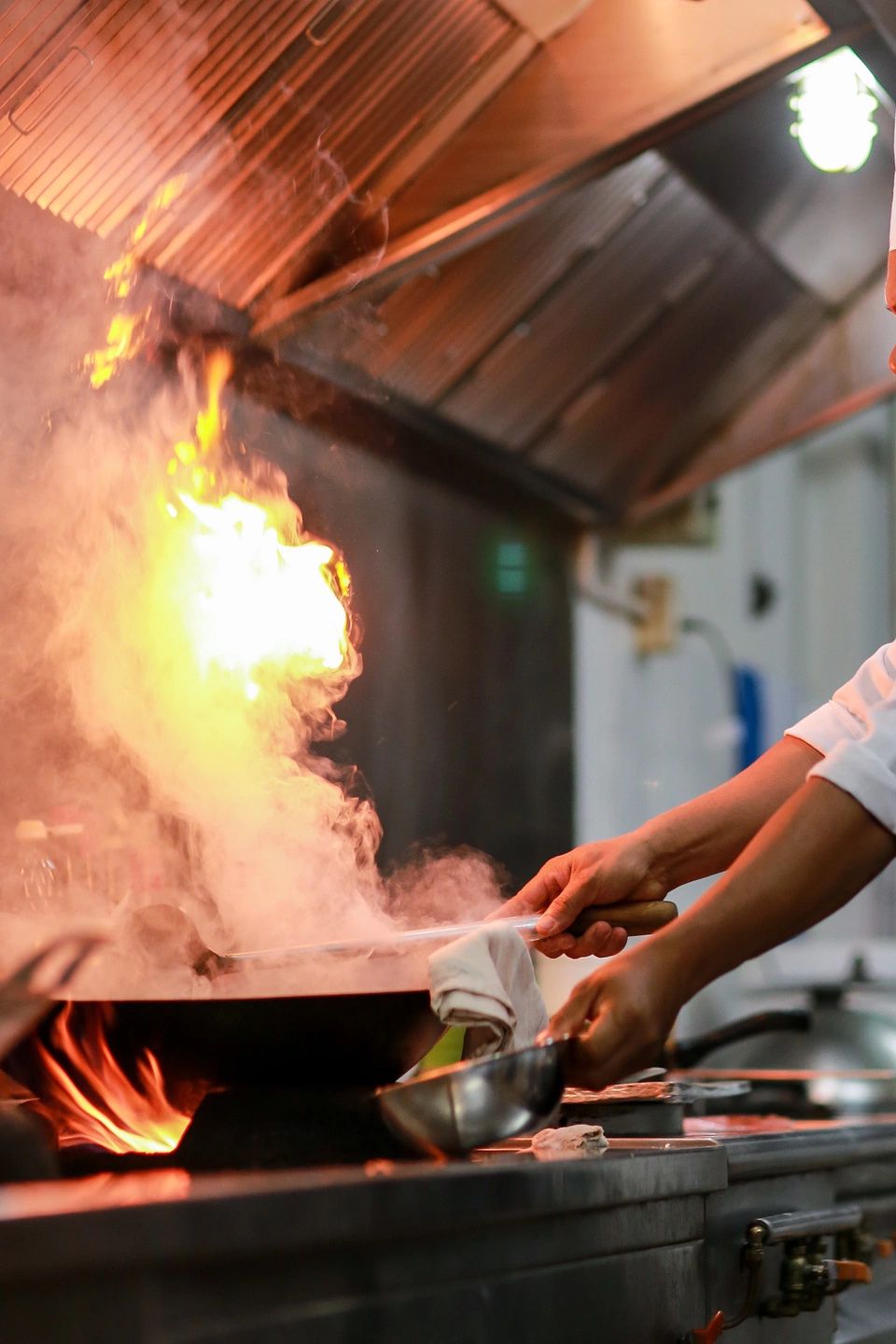We have likely heard before about the importance of preheating our pans before cooking. But why is it important? What are the benefits of it? What happens if we don’t do it? And are there any scenarios when we don’t have to preheat our pans? All of this and more as we look at why it’s important to preheat your pan.
Why is it important to preheat your pan?
There are a few different reasons why it’s important to preheat our pan before cooking. The first one is that when we cook something we generally want to transfer heat from the cooking surface to the item being cooked as quickly as possible. Starting with a room temperature pan prolongs this heat transfer and can lead to food like a steak being overcooked. It also, causes things to take much longer to cook.
Forced Evaporation
Another reason why this is important is for forced evaporation. Let’s say we are making a stir-fry and we don’t preheat our pan. What’s going to happen? As the pan slowly heats up, and in turn slowly heats up the vegetables, they are going to lose some of their liquid. Because the pan isn’t hot enough this liquid isn’t going to evaporate on contact. It will instead pool in the bottom of the wok and steam our vegetables.
This is also part of the reason why we add vegetables in stages when cooking a stir-fry. We don’t want to cool the pan down for risk of the same thing happening.
Searing
One final reason why it’s important to preheat our pan is for searing. When we cook meat, for example, we want a nice even sear on the surface. This develops flavour, colour, and texture. On top of that, it helps to prevent our meat from sticking to the pan. If we start a steak in a cold pan there is a good chance it is going to stick. Same with the bbq. It is much less likely to happen if our pan was hot when the steak went in.
When is it not necessary to preheat our pan?
There are a couple of instances when it isn’t important to preheat our pan.
When we cook bacon, and we want it crispy, starting in a cold pan and gradually heating it up is the way to go. This renders the fat out of the bacon, which the bacon then cooks in and gets very crispy. This is also one technique for cooking duck breast. Although, duck breast can be started in a hot pan as well.
A cold pan can also be used when sweating vegetables. To sweat vegetable, we actually want to draw the liquid out of them. This would be done when making a rice pilaf for example. You sweat the vegetables prior to adding the rice in order to draw as much flavour out of them as possible. Usually, when sweating vegetables we want to avoid colouring them.
Finally, when caramelizing onions, starting in a cold pan is the way to go. Again, this draws moisture out of the onions, which then aids in the caramelization process.
How Hot Do We Want It?
How hot do we want our pan? It really depends on what we’re cooking. Steak, for example, we want the pan really hot. Especially if we want it cooked rare to medium. For fried eggs, the pan should hot enough that our butter is foaming but not burning. For vegetables, like in a stir-fry we want the pan to be as hot as we can get it. And for sauteing onions or something like that, generally heated over medium heat is what we are looking for.
Next time you are cooking, take a minute and preheat your pan. You will absolutely notice a difference.


0 Comments
Trackbacks/Pingbacks